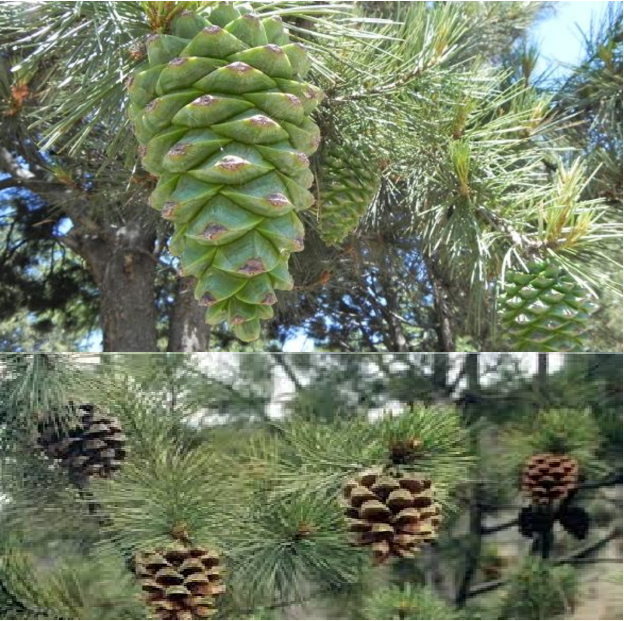INP-WealthPk
Muhammad Faisal Kaleem
The Chilgoza Project of the Ministry of Climate Change and Environmental Coordination has contributed to forest restoration in Pakistan.

Food and Agriculture Organisation (FAO) funded the project, whose total cost stood at $3.978 million. It was implemented in Balochistan, Khyber Pakhtunkhwa (KP) and Gilgit-Baltistan (GB) in collaboration with the provincial forestry departments and the climate ministry to reverse deforestation and degradation of land in chilgoza pine forests of significant conservation value in these regions.
The chilgoza project was formally approved by the Global Environment Facility (GEF) Council in April 2018 and became operational in early September 2018 in Pakistan. It completed on June 30, 2025. According to cone collection surveys conducted by the ministry of climate change, the project established 60 assisted natural regeneration sites covering 3,353 hectares. A forest management plan covering 26,000 hectares was also prepared.
Some other positive outcomes of the project show that it benefited 8,443 households by providing them eight chilgoza processing units along with 600 chilgoza cone collection and storage tools and 75 medicinal plants harvesting kits. Moreover, 14 chilgoza forest conservation and protection committees were formed. Over 2,000 fuel efficient energy stoves and gasifiers were distributed to communities under this project.
Besides this project, the government also launched another project named Sustainable Forest Management in Punjab, Sindh and KP, achieving a significant milestone in forest conservation and ecosystem management. The project costing $9.338 million produced some important results such as boundary demarcation of 353,000 acres of state forest land, retrieval of 5,000 acres from encroachers, afforestation on 44,800 acres, and the production of over 116 million plants.
The project also reported some infrastructure improvements, including the construction of 966 boundary pillars, rehabilitation of 93km of patrolling paths, and establishment of fire management centres in each province. In addition, the project contributed to biodiversity conservation by identifying high conservation value forests, declaring protected areas and setting up ungulate and partridge breeding centres.
Credit: INP-WealthPk













